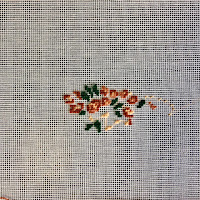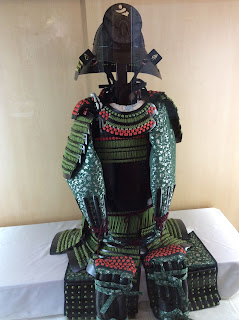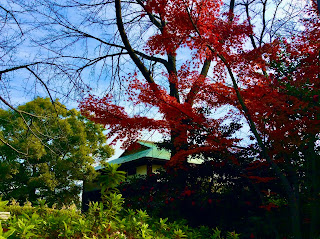There are quite a few Japanese superstitions. Some people believe in all of them; some people claim not to believe; many people say they don't believe, but still take part just in case they really do bring good luck. Here are a few associated with the new year celebrations.
Before New Year's Eve
You need a kagami mochi in your house. It has two mochi rice balls beneath a daidai (Japanese mandarin). The name means "mirror mochi". It has two levels of mochi to double your luck. Daidai roughly translates to "generation after generation", representing health and prosperity to your descendants.
Kadomatsu are made of pine and bamboo and are place in front of homes or shops to welcome Shinto gods. Kado means gate and matsu means pine. They are meant as temporary dwelling places for the gods. Later in January, they are burnt with the other new year decorations.
New Year's Eve (Omisoka)
The traditional new year's eve food is toshikoshi soba (year-crossing buckwheat noodles). The long noodles are said to represent longevity; biting the noodles symbolizes cutting the woes from the previous year; and the hardiness of the buckwheat plant represents resilience.
One of the most important rituals for Buddhist temples in Japan is Joya no Kane. Temples sound their bells at midnight on new year's eve 108 times to relieve listeners from the 108 types of bonnou - earthy desires and feelings, such as anger and jealousy, that plague humans. To start the year fresh, it is done on New Year's Eve.
New Year's Day (Ganjitsu)
Hatsuhinode - watch the first sunrise. This is a symbolic move to welsome the new year god. It is believed that the first prayer or wish of the new year will come true.
Fukubukuro or lucky bags are sold all over Japan at all kinds of shops. The tradition of filling bags with random goods at a discount is said to come from the Japanese proverb that says "There is fortune in leftovers". (Nokorimono ni wa fuku ga aru).
Best Wishes to You for a healthy, prosperous, and lucky New Year!






















































